November 1, 2018
Put the Plus into Small Gardens
You’ve heard of the “six word story,” right? Like, “Single flower, I forgot the joy.”
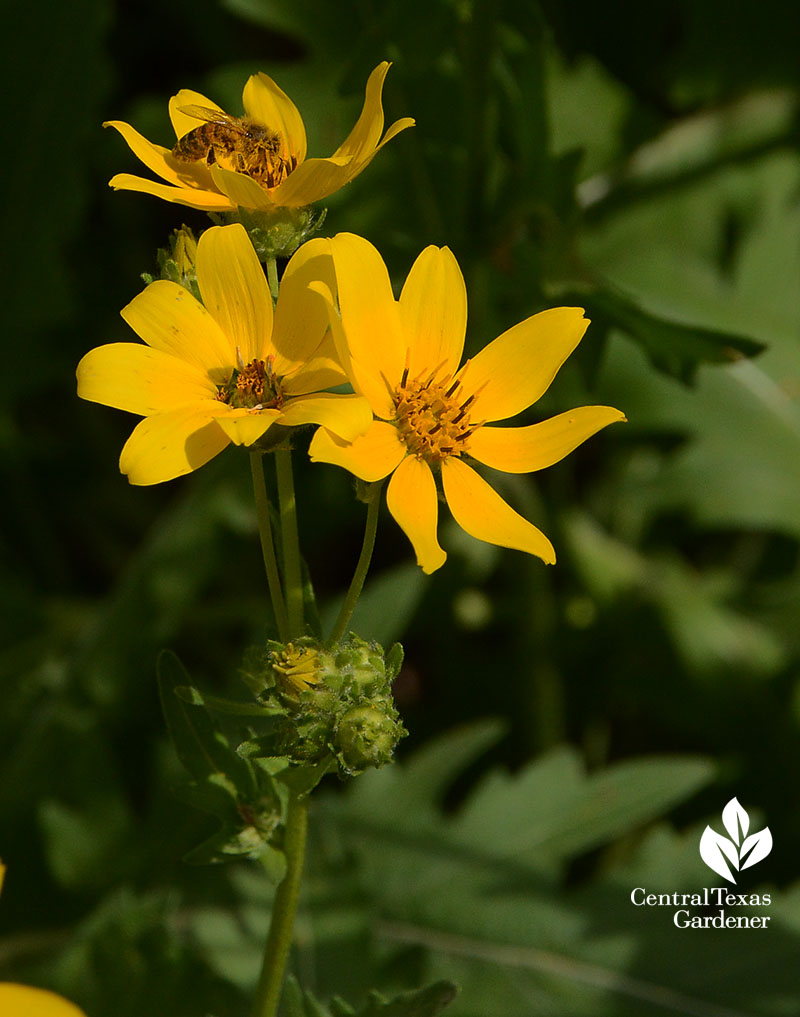
Well, it’s the same deal with small gardens—it’s not the physical size that counts—it’s the size of your imagination. In Georgetown last April, we visited a Craftsman bungalow garden that puts contemporary into cottage-style design. More about that later!
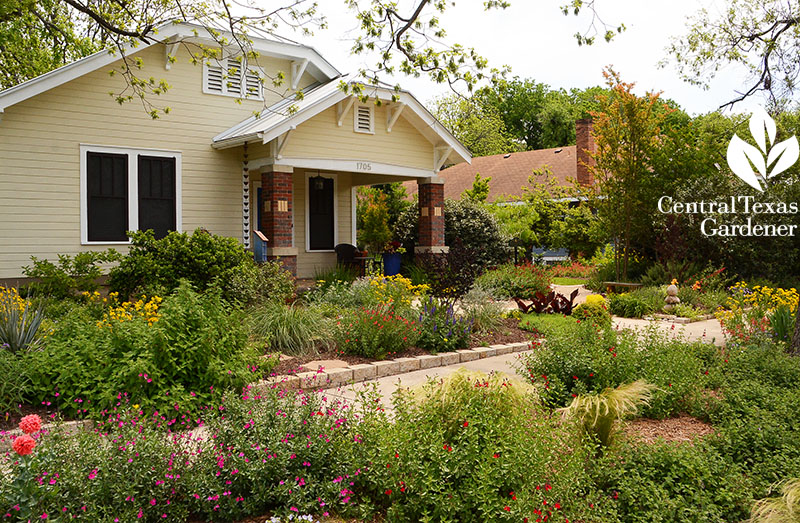
First, it was a major kick to finally welcome California designer Susan Morrison to CTG! I’ve been trying to get her on the show for at least six years.
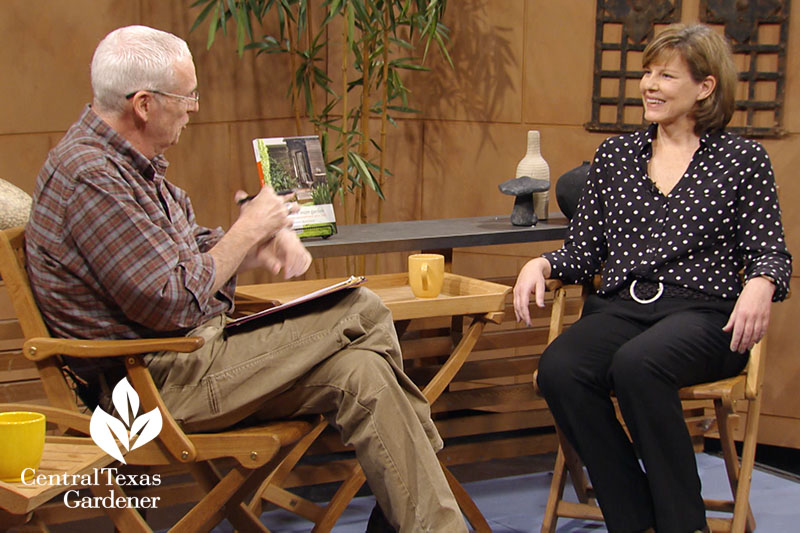
When Austinite Pam Penick booked her for a Garden Spark talk, Susan and I planned a date to discuss her latest book, The Less is More Garden: Big Ideas for Designing Your Small Yard. Note: all her ideas transcend to “regular-sized” gardens. You may have to swap out plants, but the framework and philosophy applies to everyone.
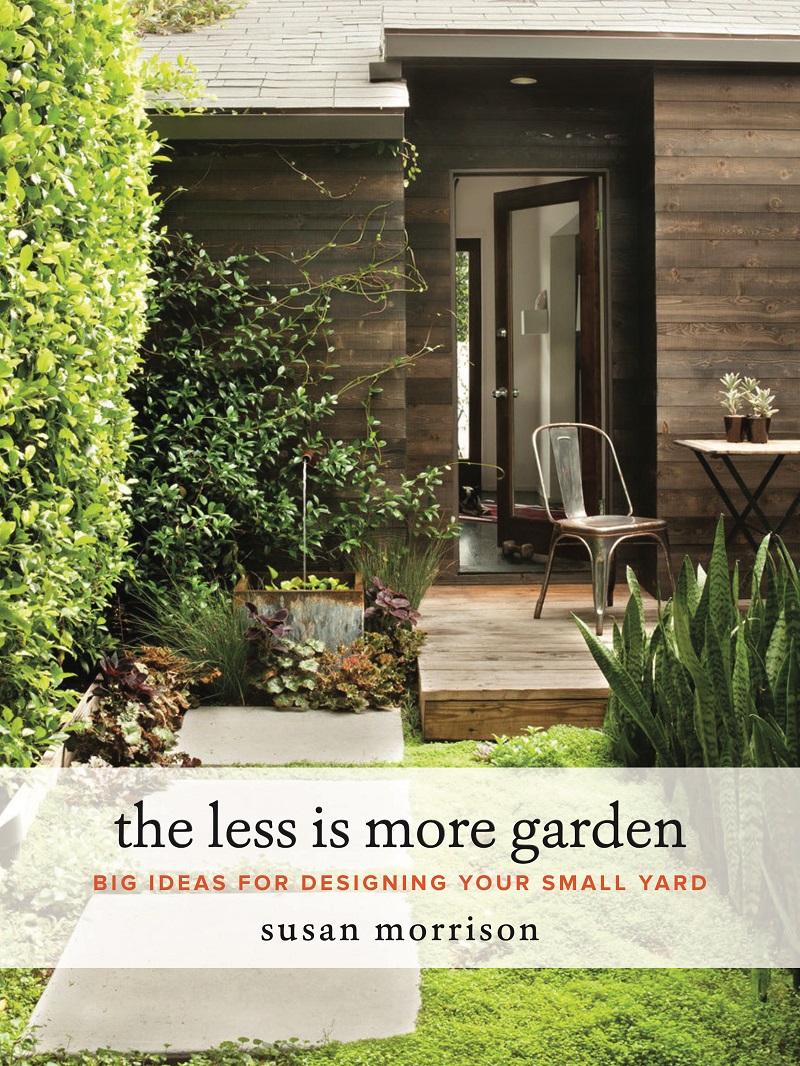
We touch on just a few of her beautifully outlined and photographed concepts for double duty spaces, creating illusion, and powerful color schemes. Watch now!
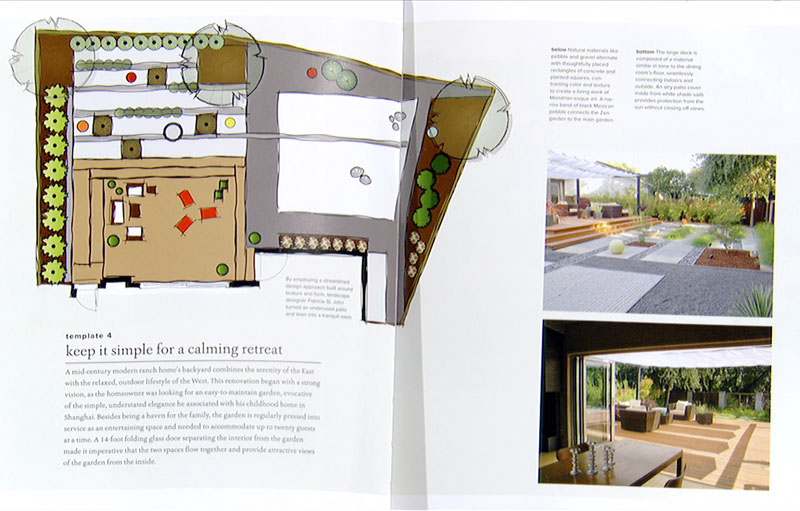
And check out her first book with designer Rebecca Sweet, Garden Up!, to maximize interest in small, large, and narrow spaces.
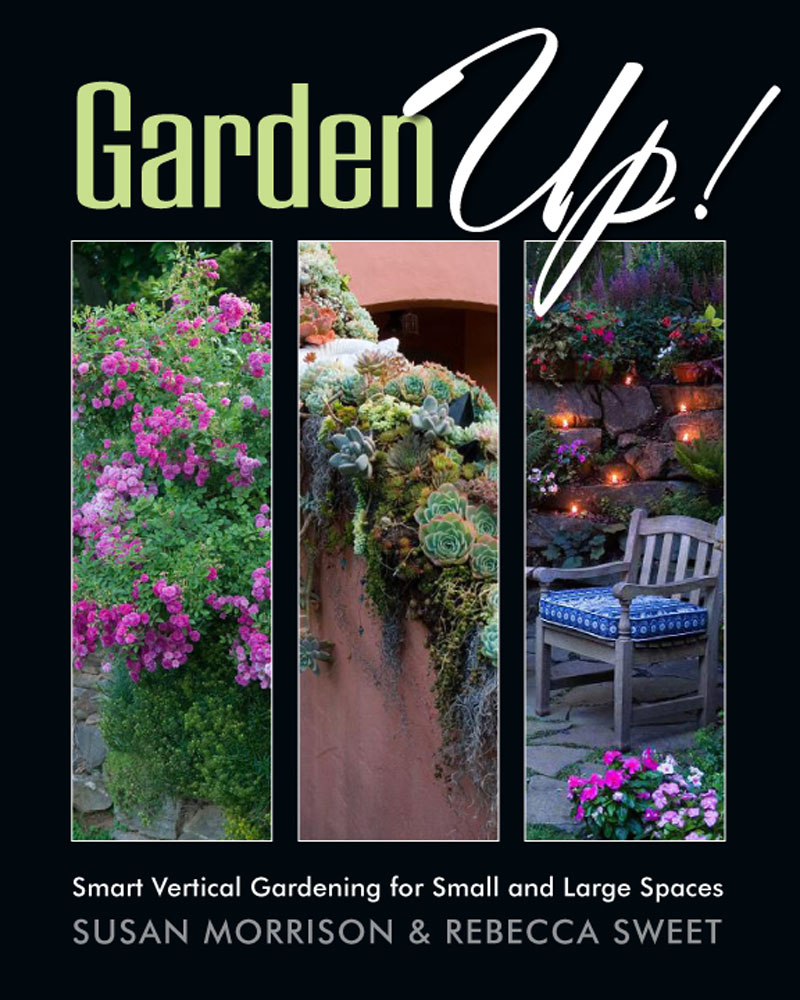
Fungal diseases don’t care how big your garden is; if the weather’s muggy and moist for weeks, susceptible plants can suffer temporary damage. Lise’s oakleaf hydrangea suffered after several inches of rain in a week. Prune off the damaged leaves and consider improving the drainage if this happens often (recent ATX rains were unusual!).
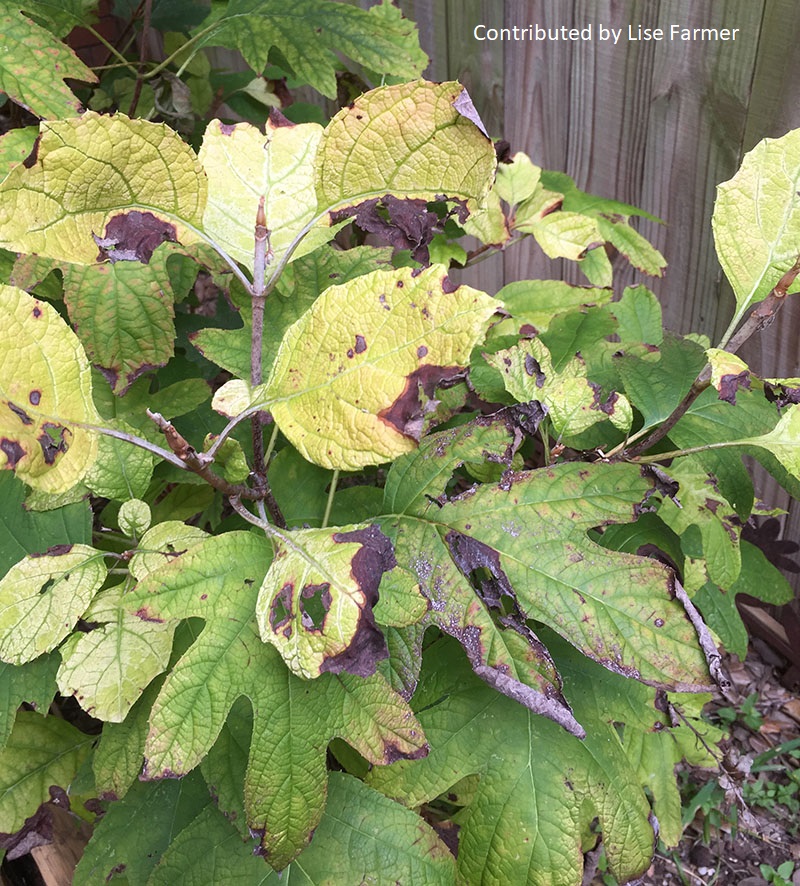
Rose rosette disease is fatal, though. Now that it’s moved into Central Texas, watch for the signs and dig up infected plants and put in the trash. Do note: new red leaves emerging on rose bushes are natural.
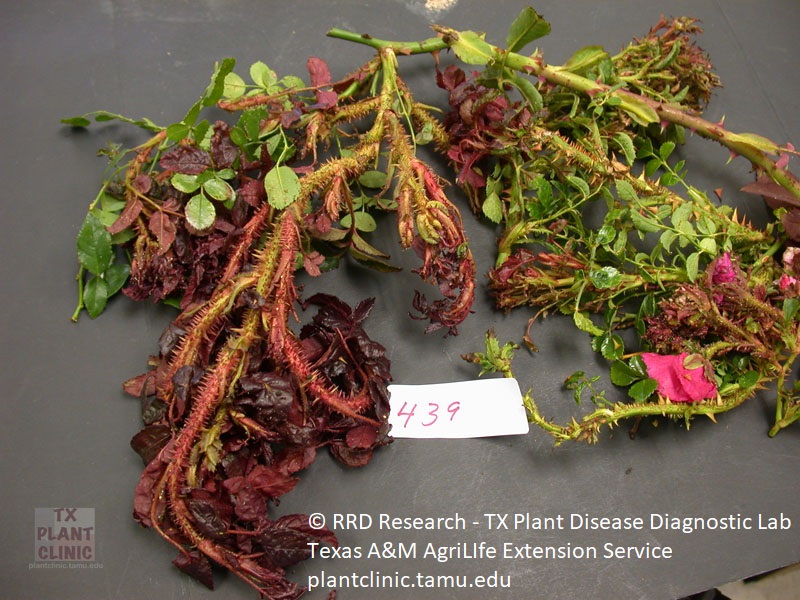
Get Daphne’s complete answer, including what’s going on with a large clump of Hymenocallis ‘Tropical Giant’.
Even in a small garden or hanging basket, you can grow plump, luscious strawberries if you have good drainage and sun. In Central Texas, the best time to plant is in the fall—look for Chandler, Sequoia, and Douglas varieties. John gets you off to a berry-good start!
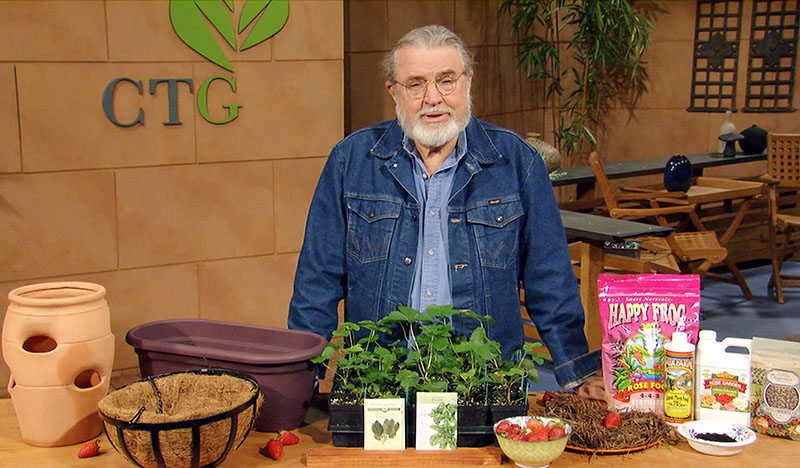
On tour: On a busy street in Georgetown, do-it-yourselfers Lori and Jack Shreves pack wildlife habitat, art, food-growing, and clever ideas into a contemporary-styled cottage garden design.
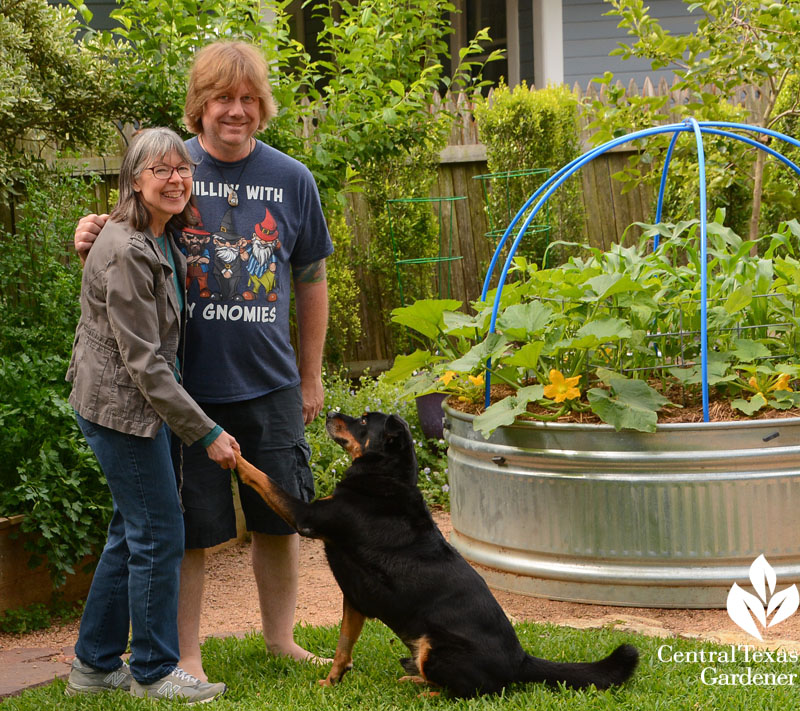
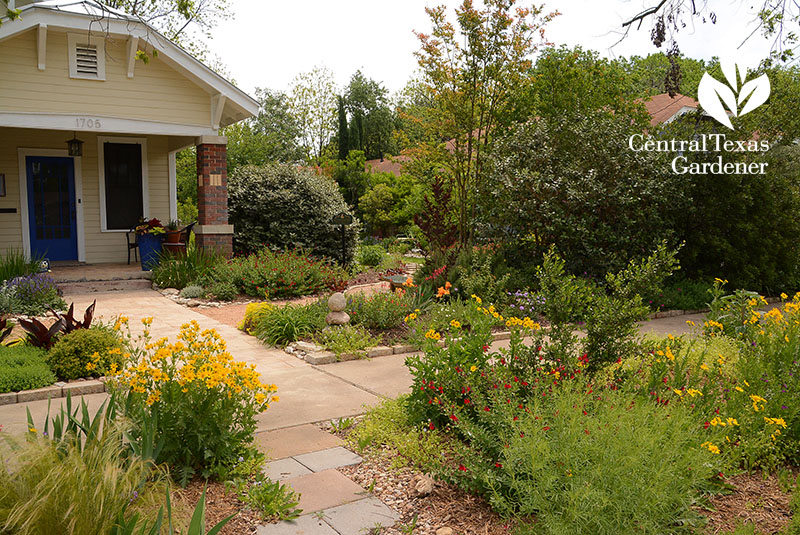
Starting with their Craftsman bungalow’s small, flat front yard, they created the illusion of depth through levels of borders.
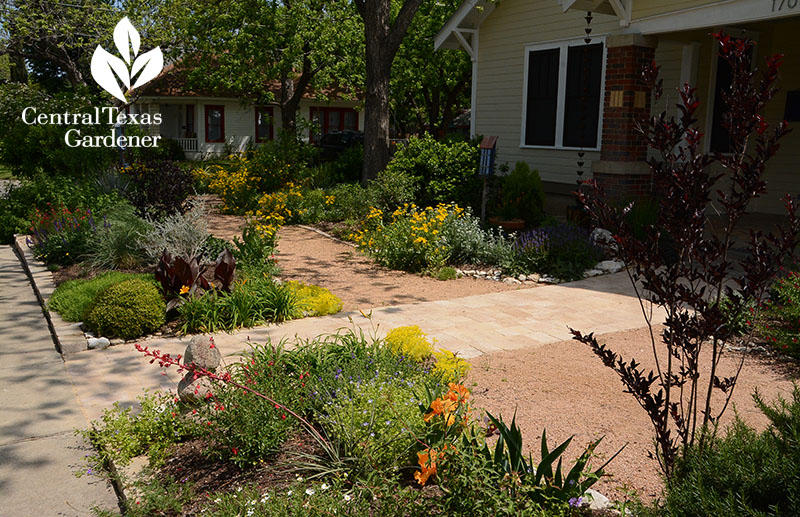
They layered native and adapted plants in all sizes and forms, selecting stalwarts that can take drought-to-drench swings.
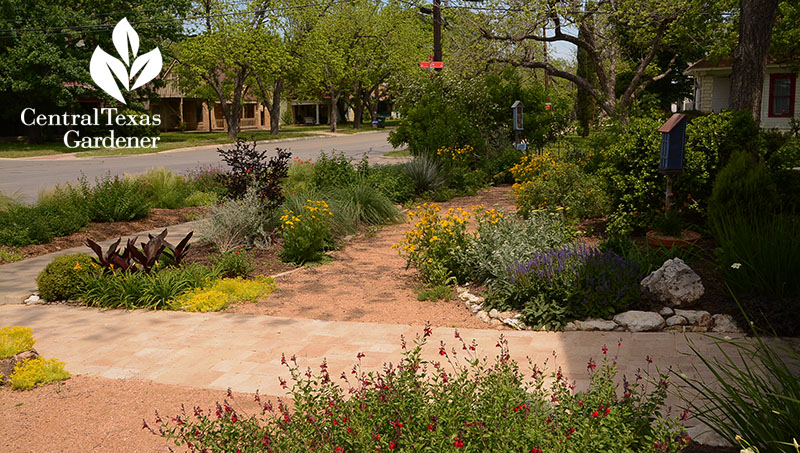
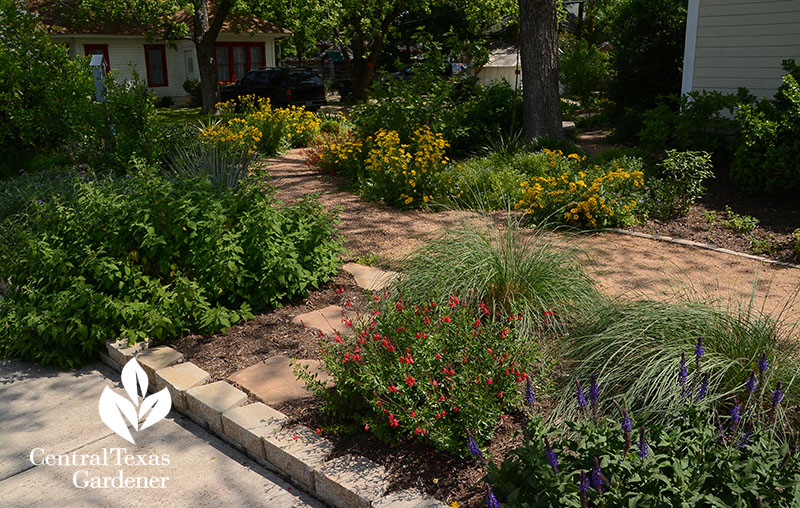
Decomposed granite trails contribute to the illusion and discovery.
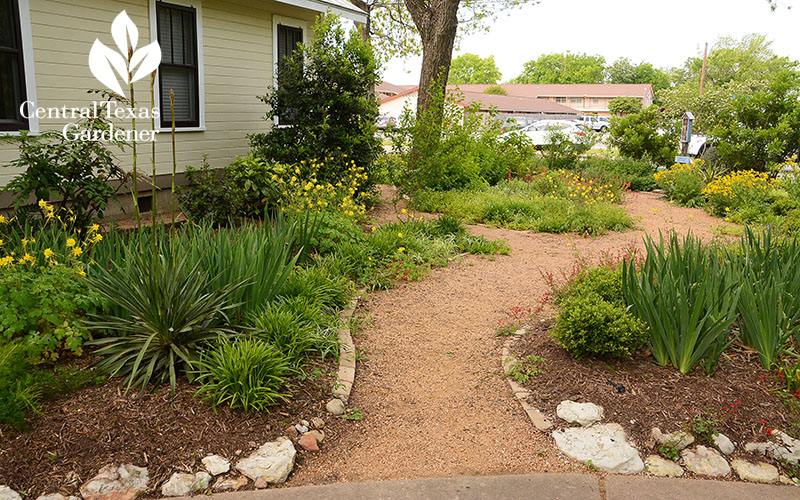
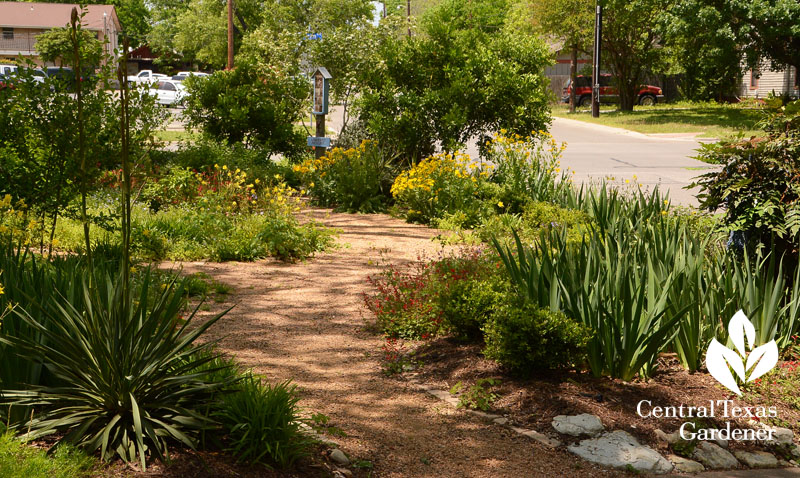
Structural plants join progressively blooming sensations to feed wildlife all year in their Certified Wildlife Habitat. Flowers, fruits, and seeds guarantee lots of traffic from birds and beneficial insects.
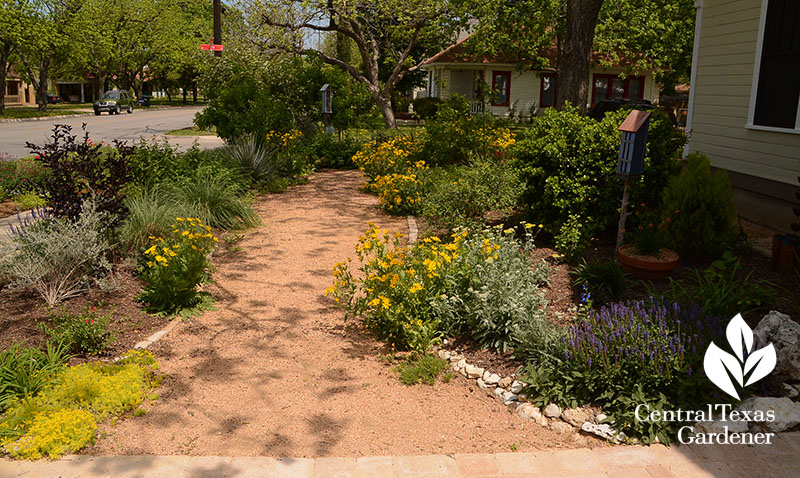
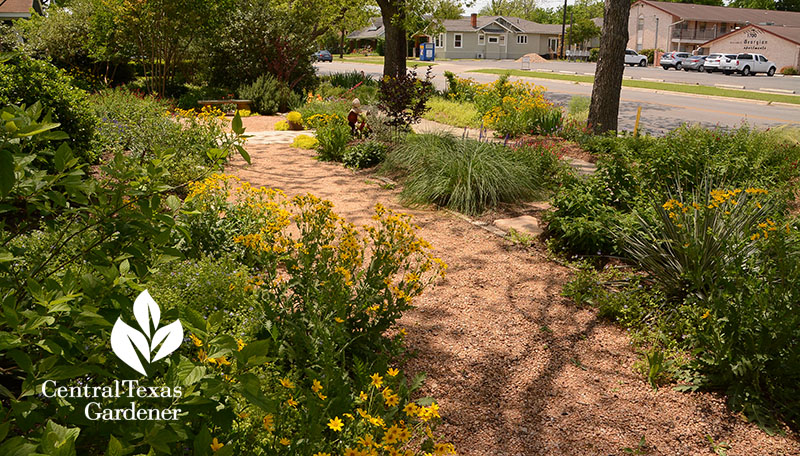
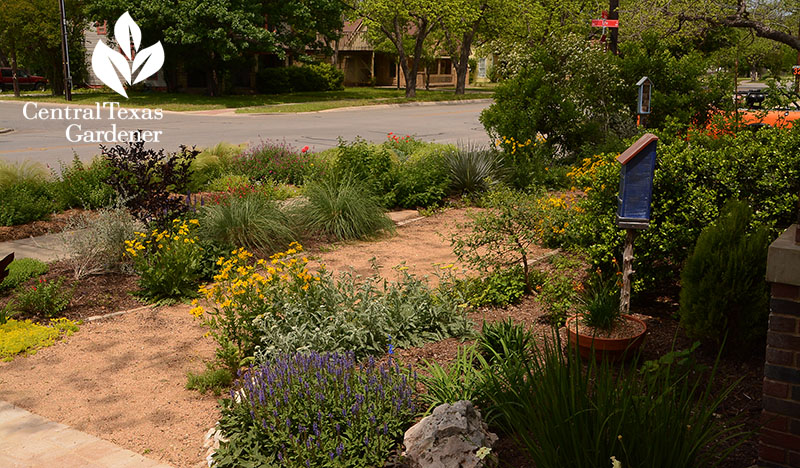
Along one side, Lori and Jack designed a miniature park enveloped by pollinator-beloved flowering small trees and evergreen shrubs for privacy and traffic noise break.
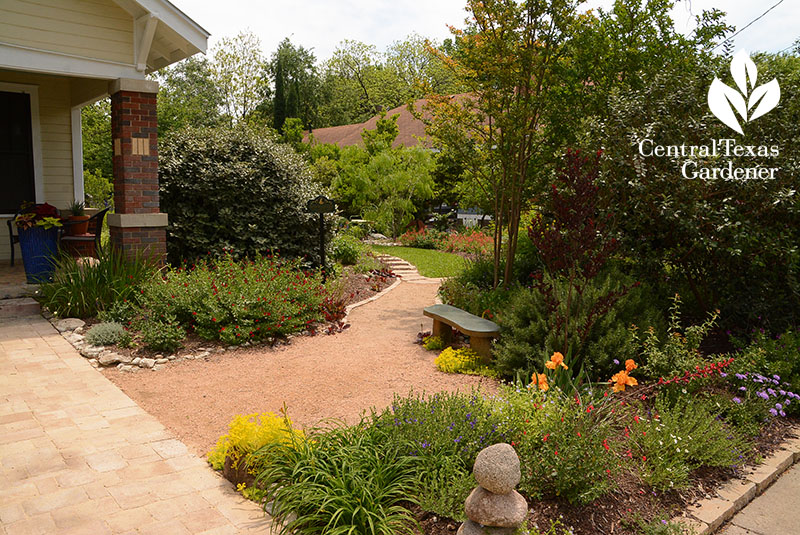
A narrow river of lawn makes comfy footing to stroll borders layered with seasonally-blooming perennials—including various salvias—to nectar bees and butterflies.
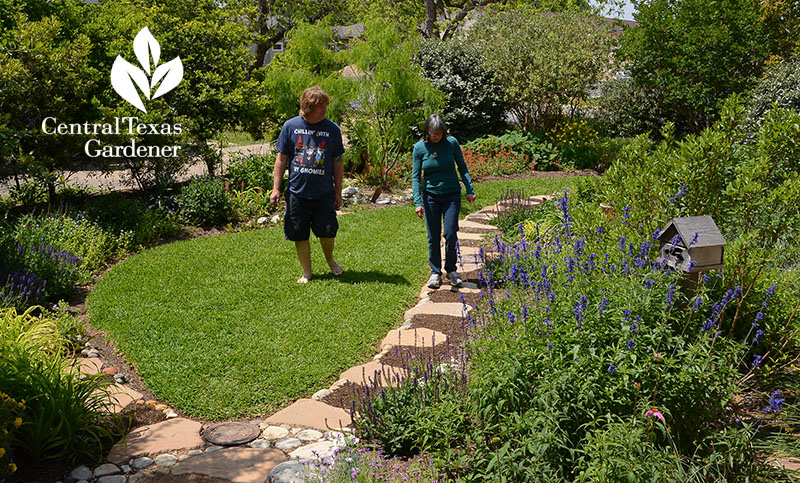
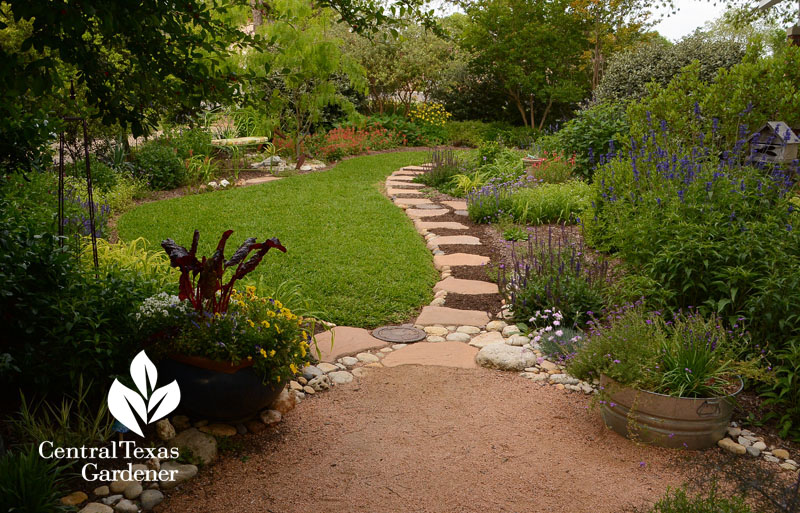
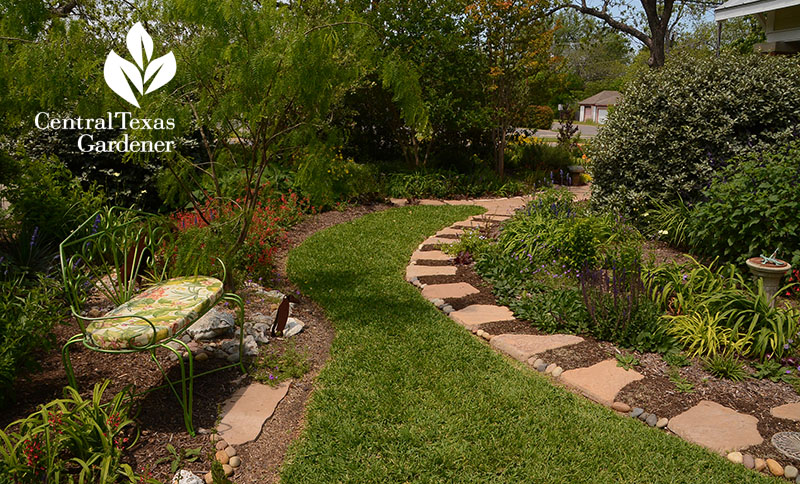
In back, they wanted to grow food for the kitchen. Adopted dog Wylie dictated the trail design around stock tanks.
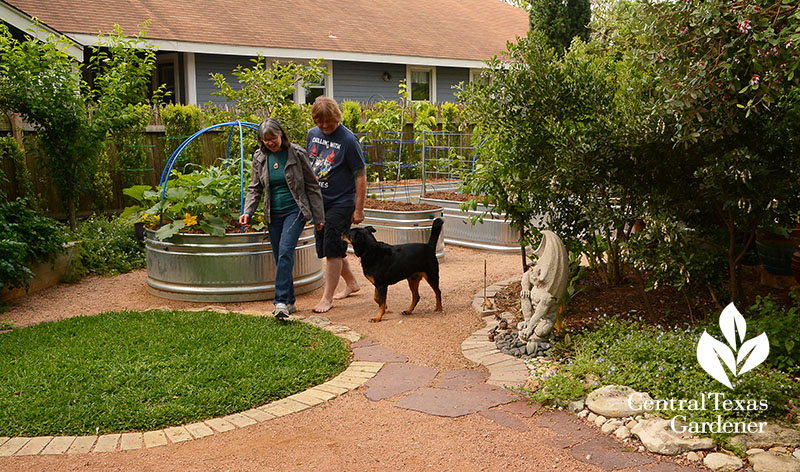
They chose rectangular and round stock tanks to maximize space and presentation. Jack drilled ½” holes in the bottoms for drainage. He installed controllable irrigation systems to each one, so he decides which gets watered.
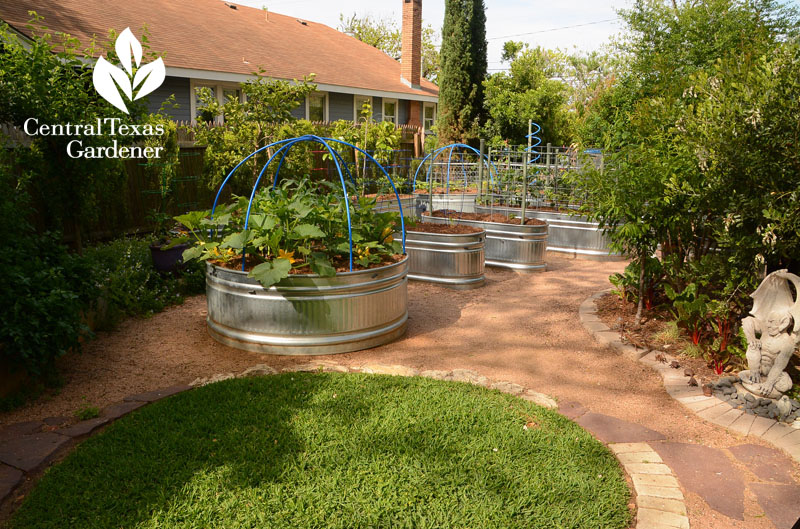
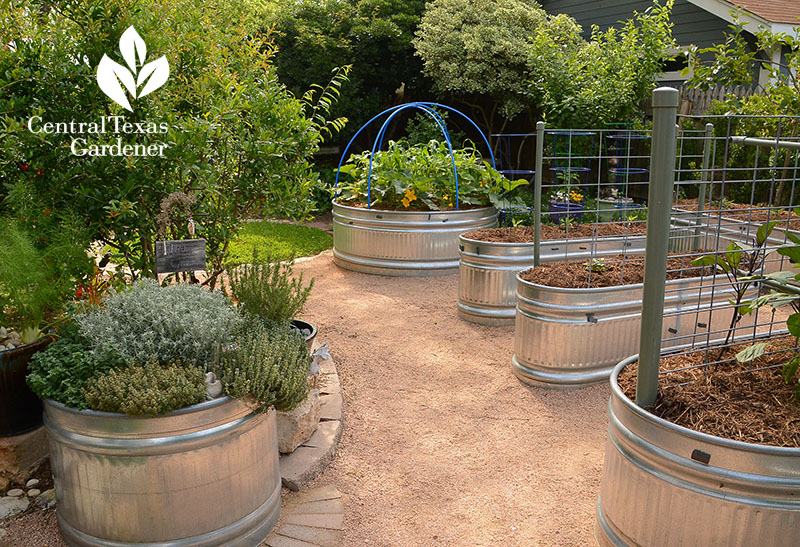
To grow fruit trees, Jack totally removed the tank bottoms so that roots can grow deep.
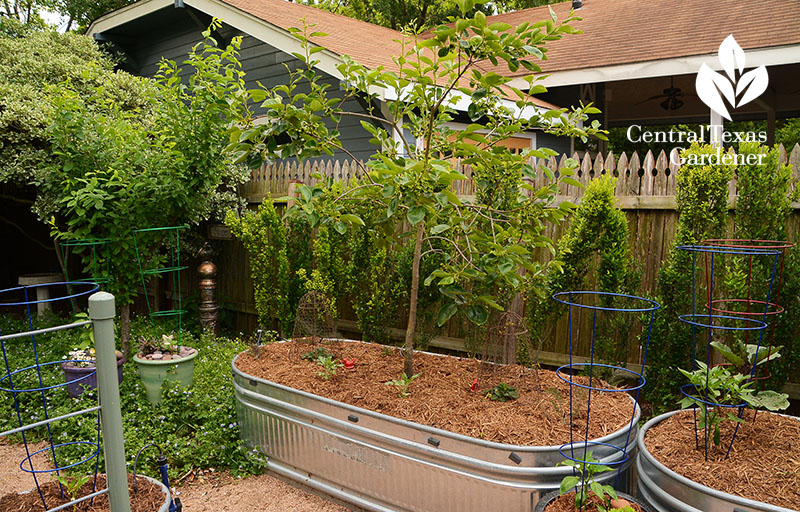
For support, he spray-painted PVC pipes and attached hog (cattle) panel. In winter, they can drape over row cover.
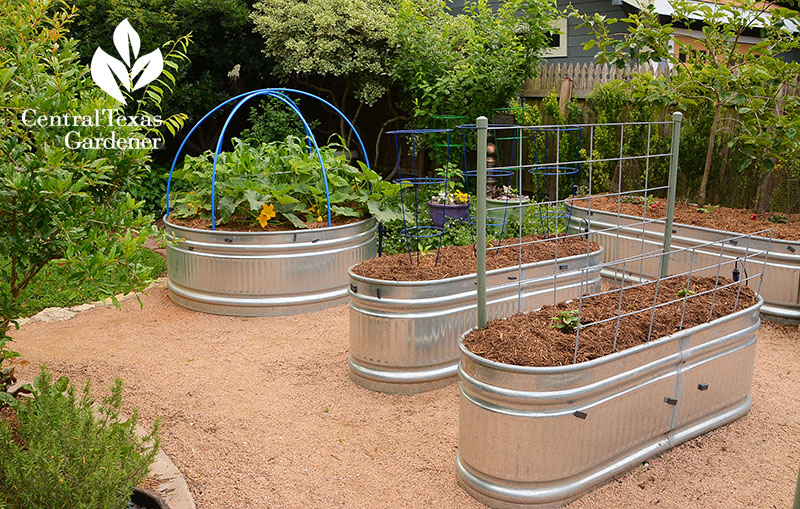
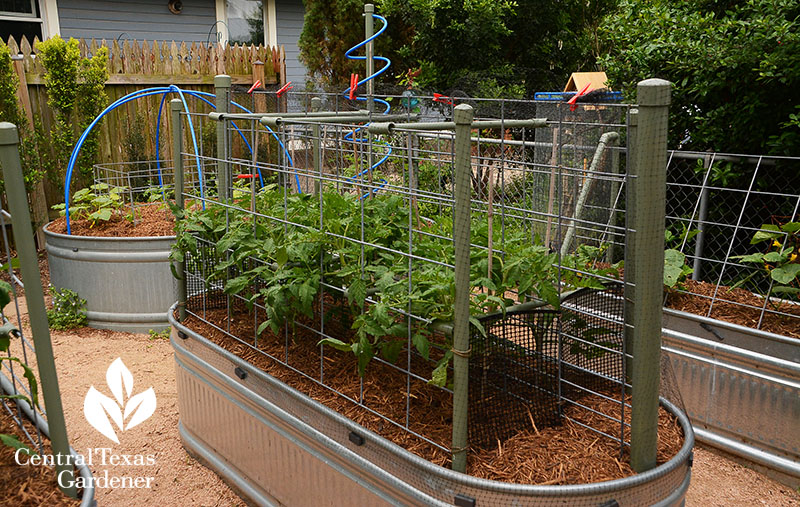
Although they welcome wildlife, the kitchen food tanks get bird netting, secured with magnets.
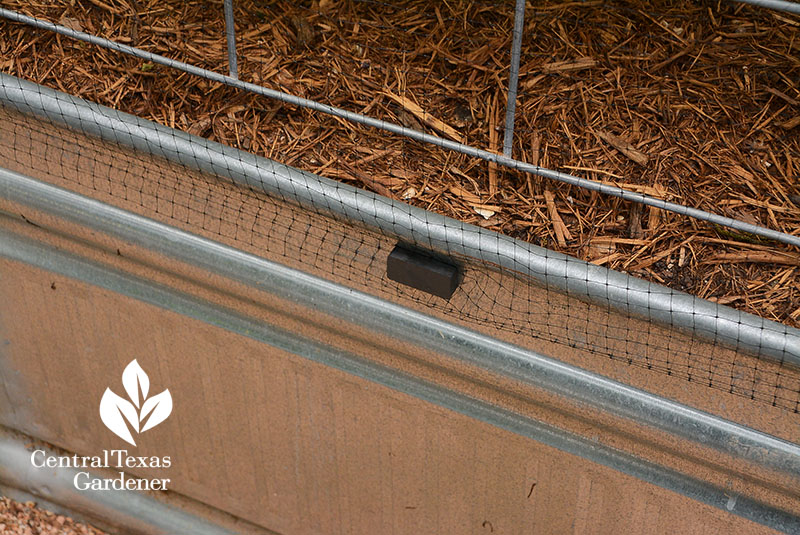
I love his blue supports for climbing plants, and learned something new! This is PEX plumbing tubing that’s flexible to shape however you like. And yes, you can buy it in cute garden blue.
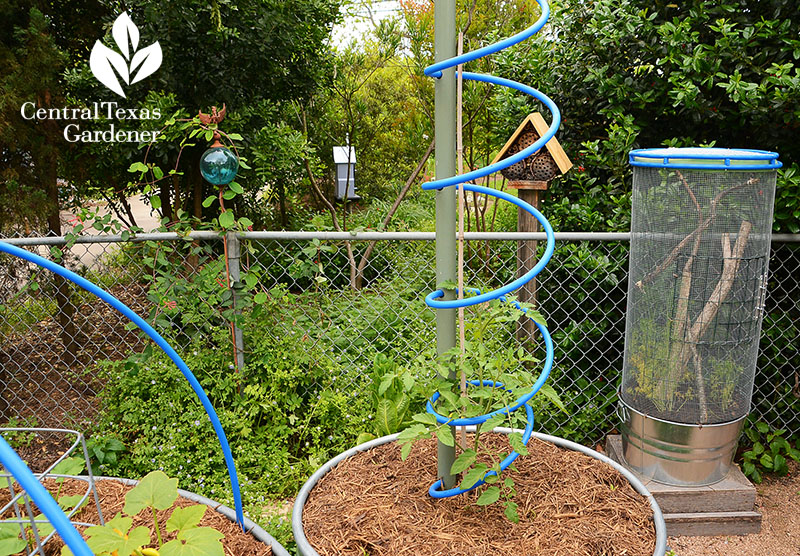
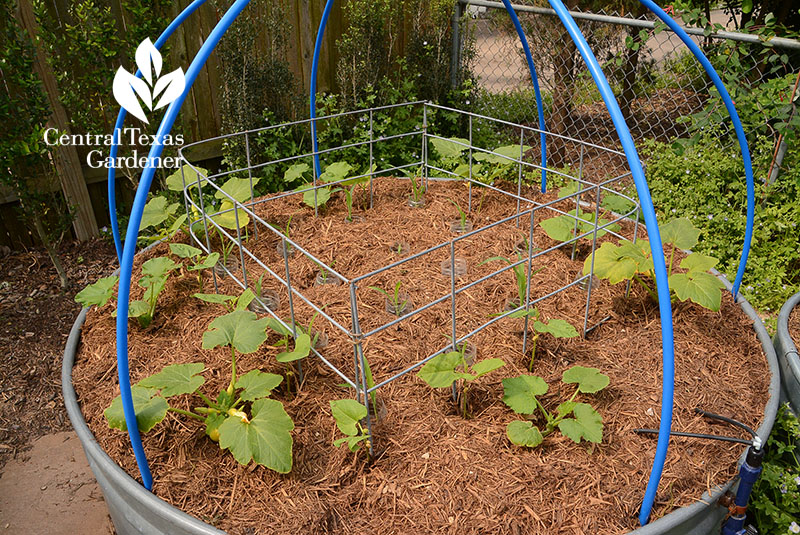
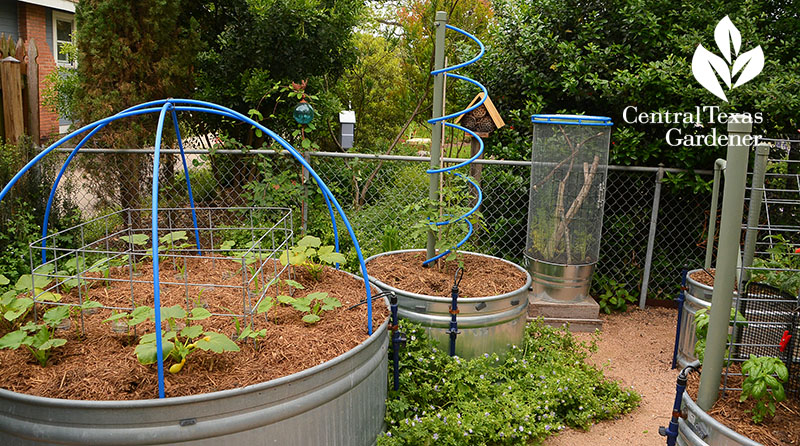
Since the Shreves attract all stages of butterflies on their plants, Jack fabricated a safe house for caterpillars. One of his many hand-crafted insect hotels hangs nearby for solitary or Mason bees.
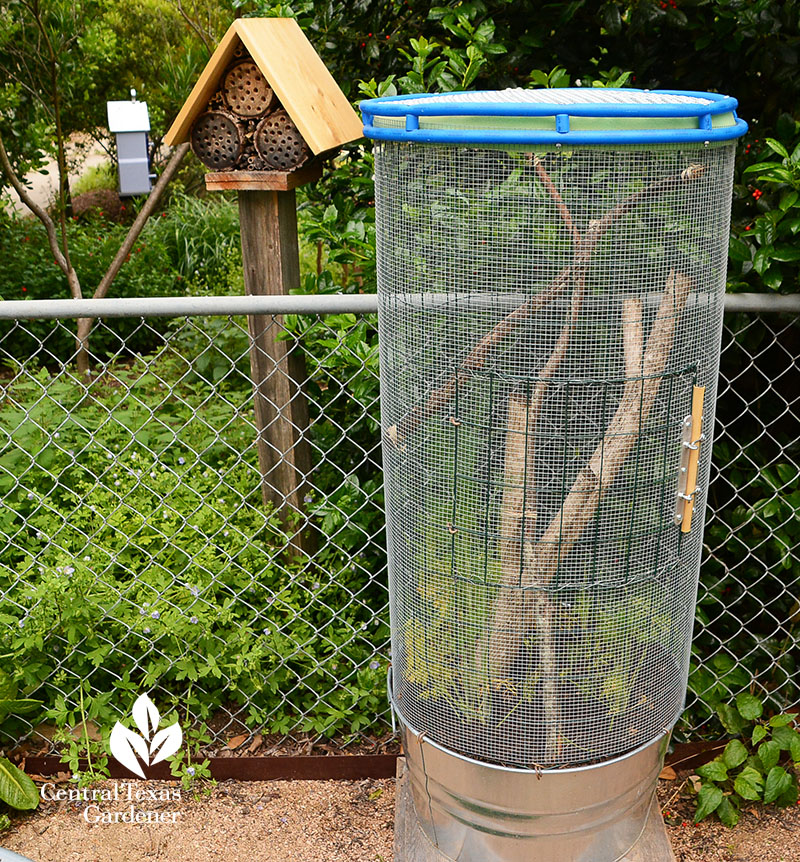
Wylie also inspired Jack’s fence and gate design that includes a dog lookout to keep an eye on Lori when she’s in front.
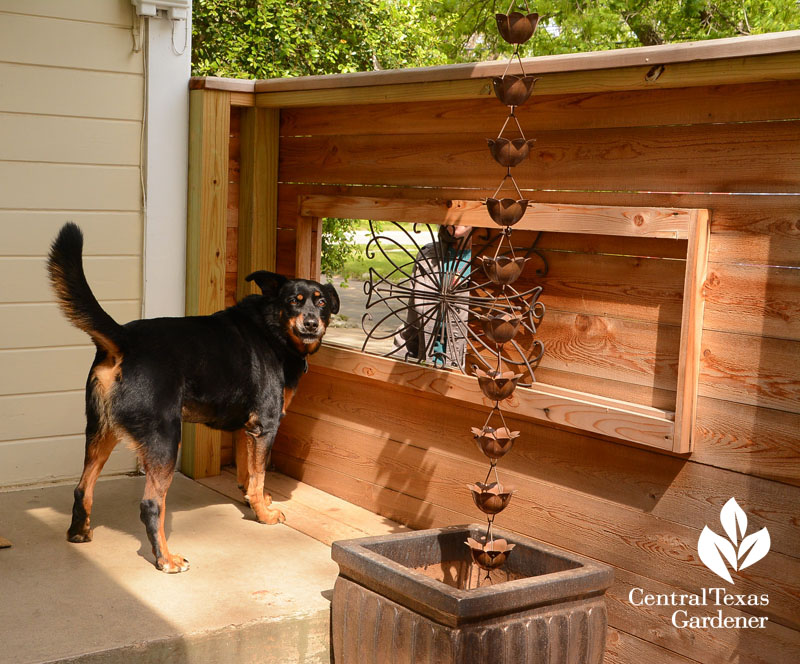
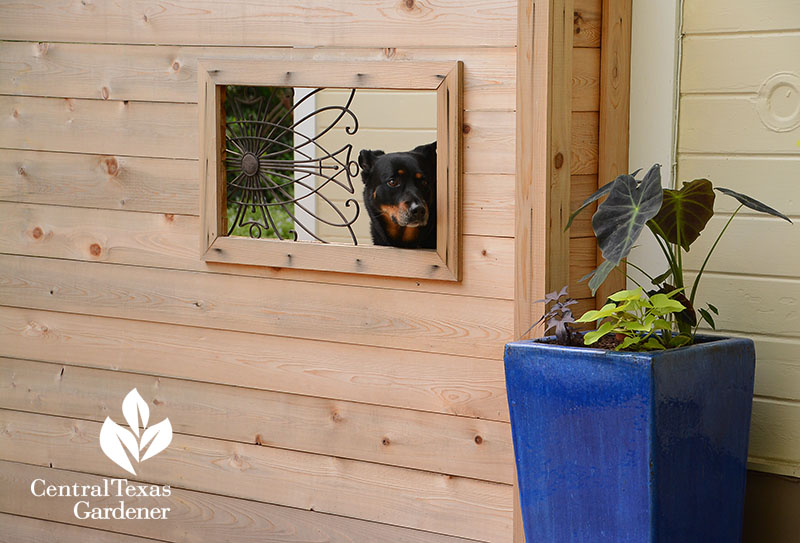
Formerly, Wylie looked through a chain link fence, but it was falling down.
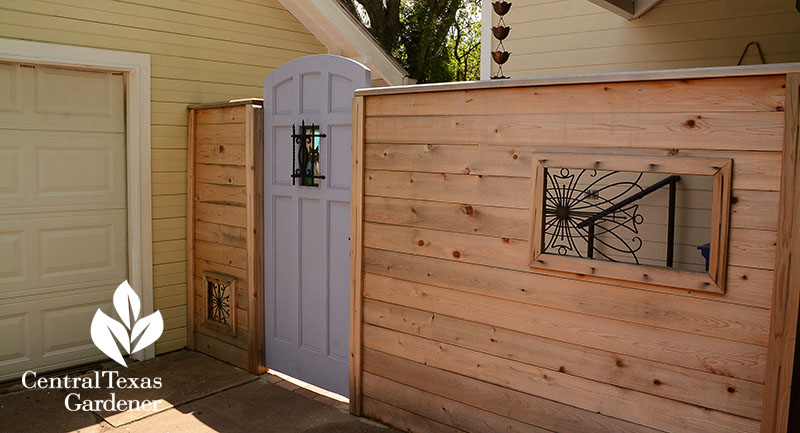
Jack built a classy new fence and gate from an old door, complete with a priest’s window. He even designed the hinged stained glass window!
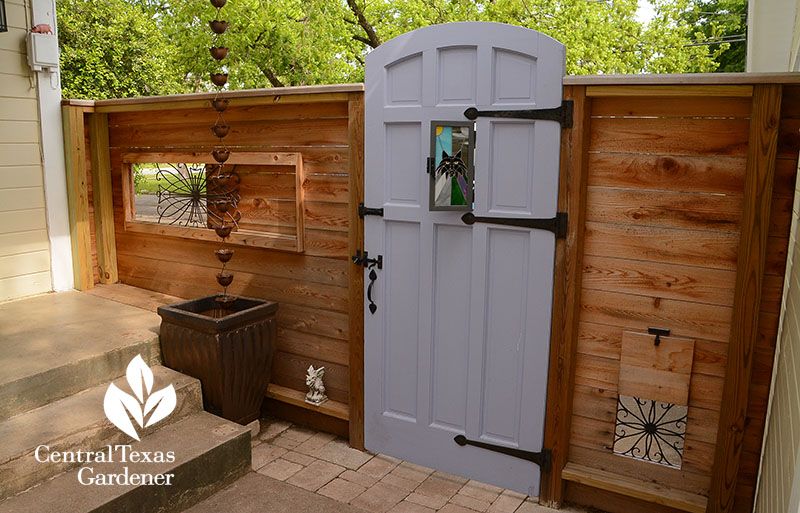
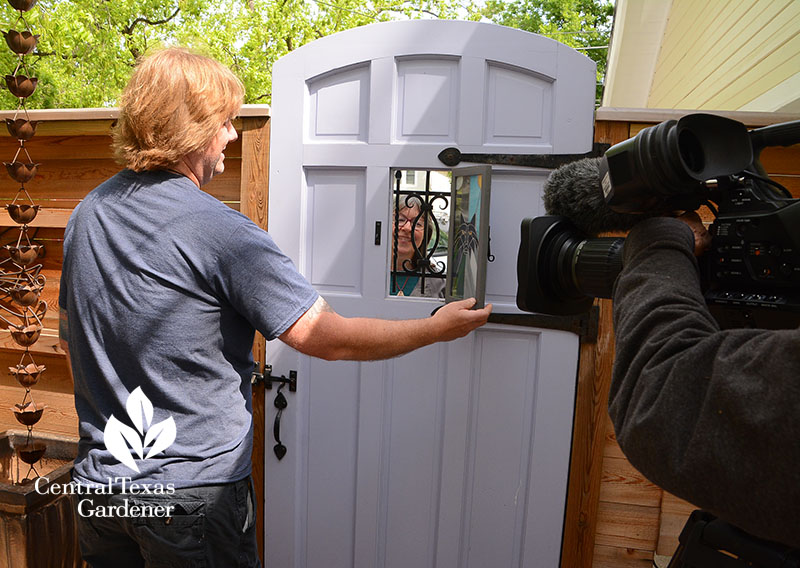
Lori and Jack craft art of all kinds, including sentimental fairy gardens, but I’ll just show you this fun dinosaur diorama.
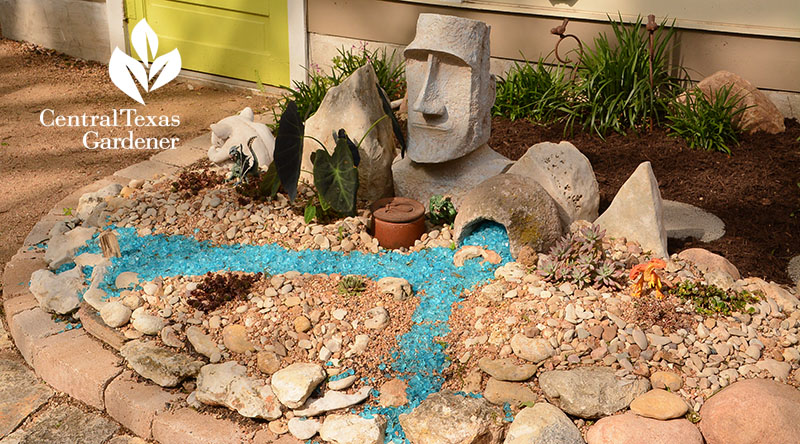
Watch now for their whole story!
And thanks for stopping by! See you next week, Linda
tags:

